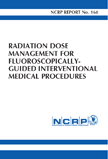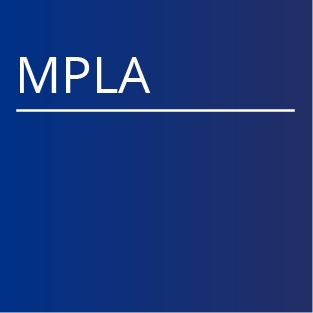AAPM has contracted with NCRP to provide each AAPM Member in good standing access and download privileges of electronically available NCRP reports, commentaries and statements. This report was prepared by the National Council on Radiation Protection and Measurements (NCRP). The Council strives to provide accurate, complete and useful information in its reports. However, neither the NCRP, the members of NCRP, other persons contributing to or assisting in the preparation of this report, nor any person acting on the behalf of any of these parties (a) makes any warranty or representation, express or implied, with respect to the accuracy, completeness or usefulness of the information contained in this report, or that the use of any information, method or process disclosed in this report may not infringe on privately owned rights; or (b) assumes any liability with respect to the use of, or for damages resulting from the use of, any information, method or process disclosed in this report.
 |
Report No. 168 - Radiation Dose Management for Fluoroscopically-Guided Interventional Medical Procedures (2010) Price: $165 PDF (AAPM Members FREE) Category: Reports This Report is focused on the use of fluoroscopic systems as a tool for guiding diagnostic and therapeutic procedures because higher radiation doses (compared to conventional radiography and fluoroscopy) are received regularly from some types of FGI procedures and occasionally from many other types of FGI procedures. Other medical applications of fluoroscopy (e.g., examination of the gastrointestinal system, guiding open surgical procedures) are outside the scope of this Report. Computed-tomography-guided interventional (CTGI) procedures are not discussed in detail due to continuing changes in the technology driven by the evolution of multi-slice computed tomography (CT) detectors. However, the principles presented in this Report are generally applicable to these domains. Most of the recommendations contained in this Report should be applied in all settings where fluoroscopic guidance is used. Within the context of radiation dose management, the goal of this Report is to supply information that helps optimize patient outcomes without compromising worker safety. However, radiation is not the only risk to which patients and workers are exposed. In many cases, radiation is a minor component of overall risk. In these situations, too great a focus on radiation safety (e.g., the use of unnecessarily thick lead aprons) may reduce the overall safety of patients or workers. Some beneficial, clinically-justified FGI procedures, even when optimized for radiation protection, deliver substantial doses of radiation to patients. This puts the patient at risk for radiogenic stochastic effects and occasionally induces radiogenic deterministic effects. However, a complete risk analysis usually identifies many other procedural hazards and will often conclude that radiation is one of the lesser hazards from FGI procedures. While the decision to conduct an FGI procedure assumes that the use of ionizing radiation is warranted by the disease state for which the patient undergoes treatment, the benefits, risks, and alternative procedures that do not require the use of ionizing radiation should be considered. View the latest Book Review of this Report. Scientific Committee: Stephen Balter, Chairman Beth A. Schueler, Vice Chair Donald L. Miller, Vice Chair Jeffrey A. Brinker Charles E. Chambers Kenneth F. Layton M. Victoria Marx Cynthia H. McCollough Keith J. Strauss Louis K. Wagner Six Consultants |



















